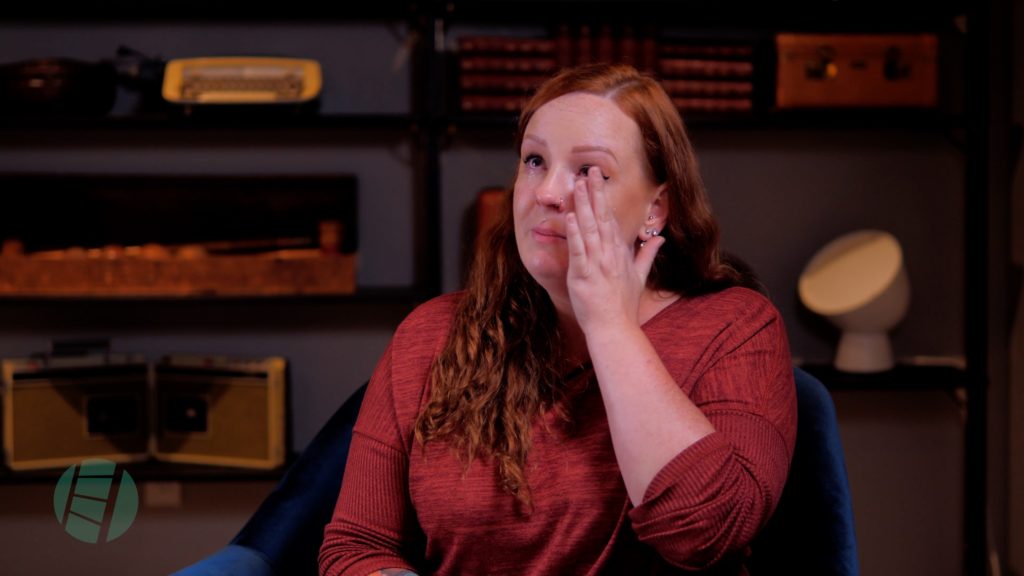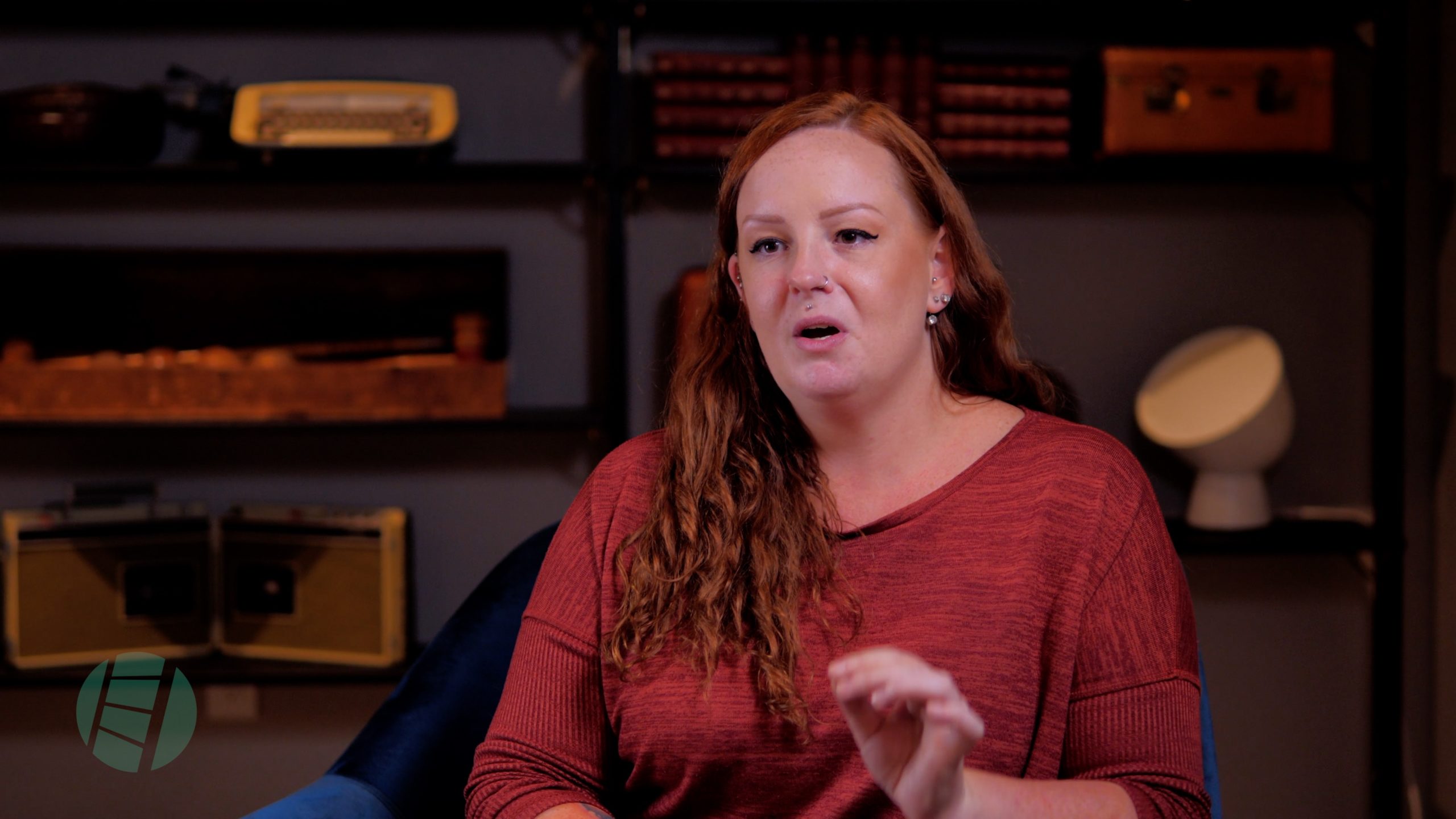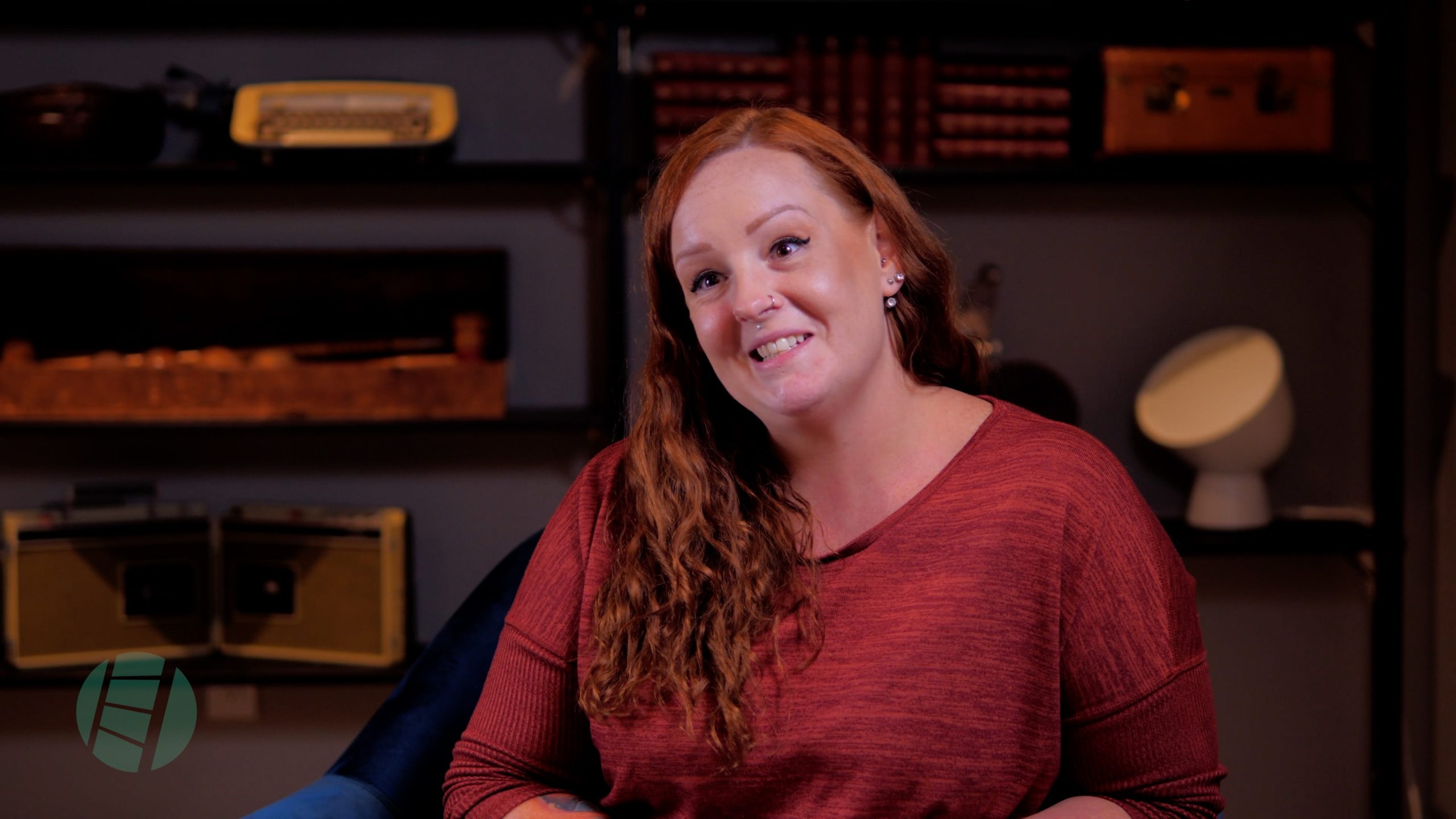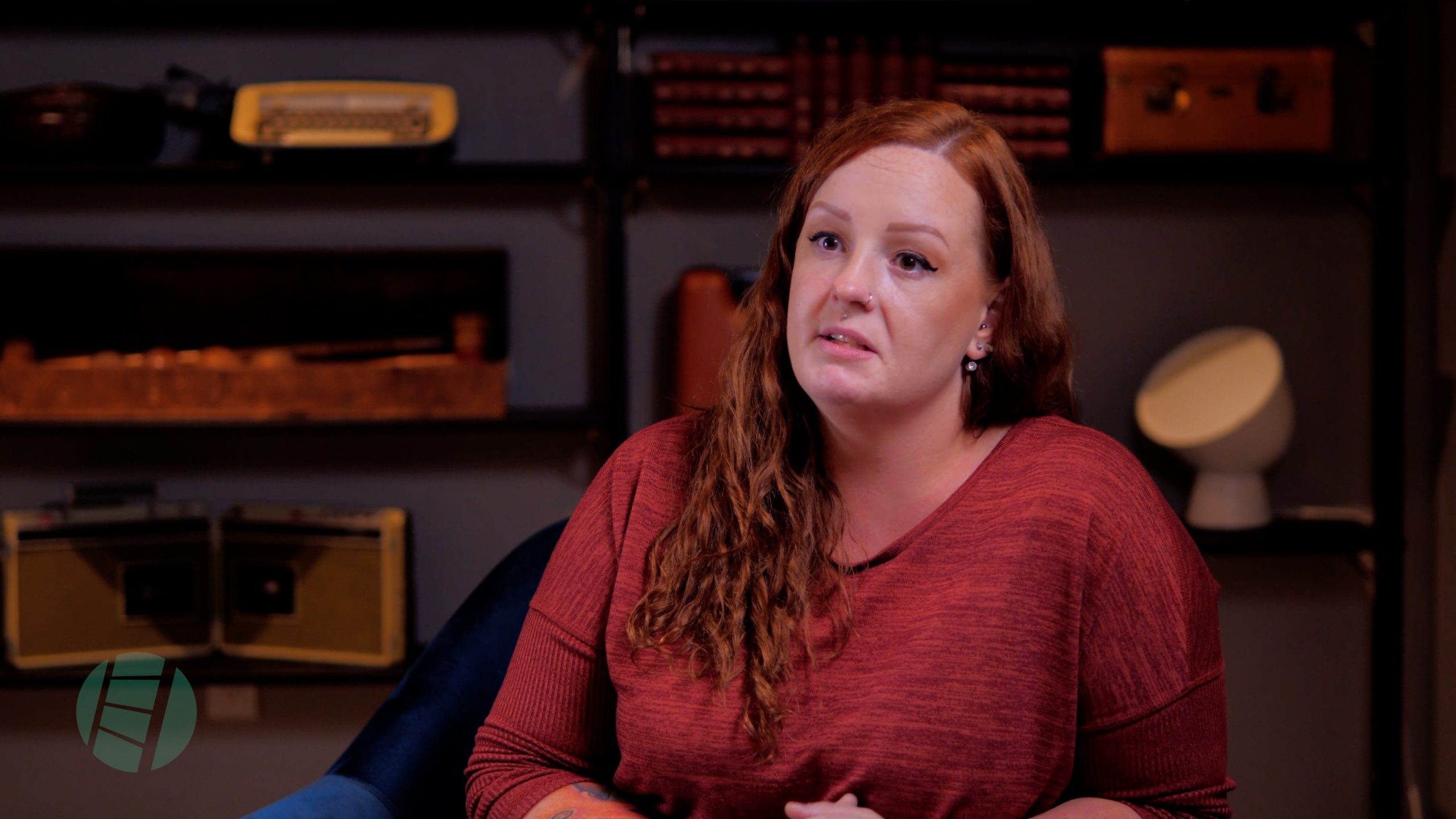
Meet Stephanie M.

Toronto, Ontario
In this video, Stephanie explores connections between harm reduction and the AIDS crisis, and reflects on her own experiences with stigma.
See Transcript
I’m a harm reduction coordinator. So I have a harm reduction outreach team of five outreach workers. And our catchment area is basically concentrated into the downtown east side of Toronto.
Originally we started out in the early ’90s as a response to the AIDS crisis. A lot of folks who were in prison didn’t get access to HIV medications. But since then we’ve kind of expanded out and now we support anybody who has been incarcerated or is currently incarcerated. And we also support family members of people who are incarcerated.
Because I identify as a person that uses drugs and a person that has mental illness in a number of different ways, I think that this has given me a sense of purpose. There were many times in my life where I felt like I wasn’t worth, because of the stigma that I was kind of perceiving from different communities – service providers, doctors, nurses, social workers, things like that. And this kind of gave me my power back. So that I knew that what I was doing was important and that it was saving people.
I work at an AIDS Service Organization, so some of the folks that work there have been there since the ’90s since the AIDS crisis was happening. And I met up with this fellow that, he’s been there probably 15 or 20 years. And he remembers knowing that people were very sick and that they were dying and that they were going to die. And he recalls there was time to prepare, there was time to get ready. We knew that somebody was very sick, we knew they were going to die, and it was going to happen really soon. And when we compare that to the opiate crisis in Canada, there is no way to get ready. And so when you have somebody that you can’t find for a day or two, it automatically goes like, “Are they dead?” And sometimes they are.



